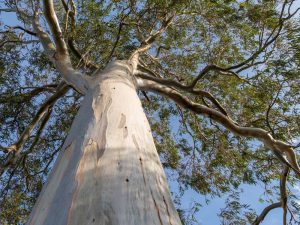Last Updated on August 6, 2023 by teamobn
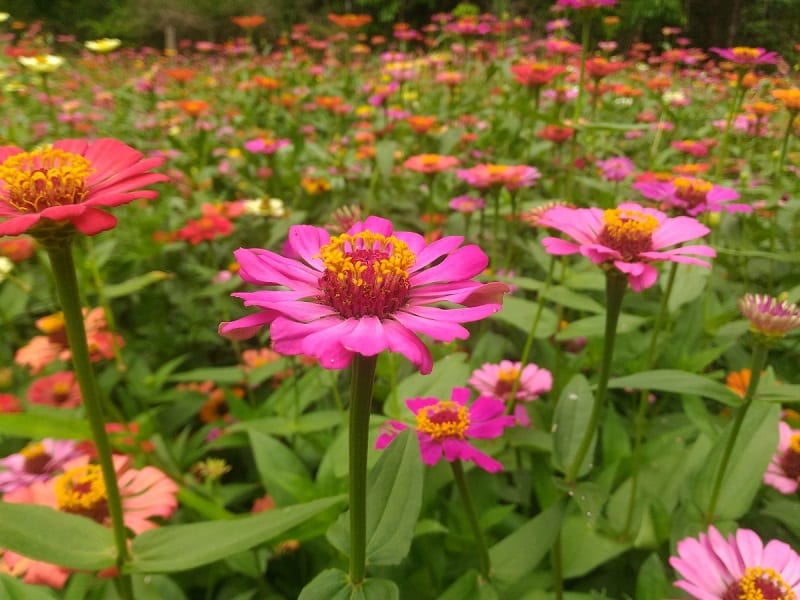
(Photo: Jahansha Khurram/Pexels)
Zinnias
are among the easiest annuals to grow. They’ll bring a breathtaking explosion
of color to your garden when they are in bloom. The spectacle lasts from late
spring until the first frost in fall, attracting butterflies and hummingbirds
throughout. The plants grow quickly and dependably and demand little
maintenance. This makes zinnias an excellent choice for first-time flower
growers.
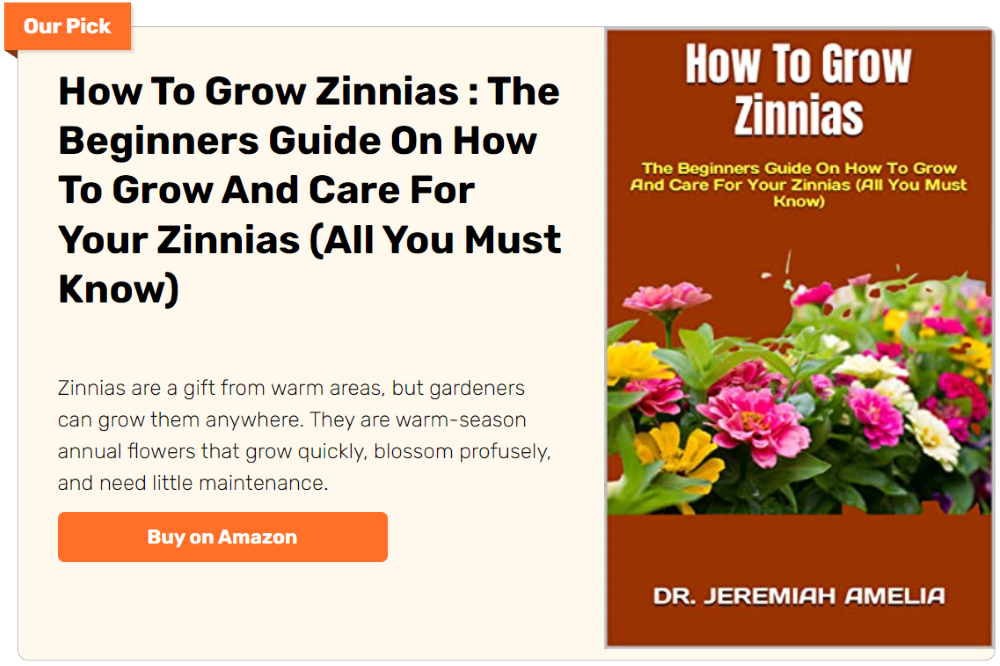
Zinnias will grow and yield seeds for one season. The original plant will not return in subsequent years. The flowers have cheerful, solitary flower heads on single, erect stems. Their shape and color make them wonderful cutting flowers.
Start Zinnias Indoors or in the Garden
Growing zinnias is inexpensive, particularly when you start them from seed. The seeds of zinnia flowers should be sown directly into a sunny flower bed. If you intend to start zinnias in containers indoors, plant them in pea pots or other biodegradable containers that you can transfer directly into the soil later. The plants’ root systems are very sensitive and may not survive the usual transplanting methods.
If
you are starting from seeds in a garden plot, sow them just ¼ inch into the
soil. Space the seeds several inches to a couple of feet apart, depending on
the size of the mature plant.
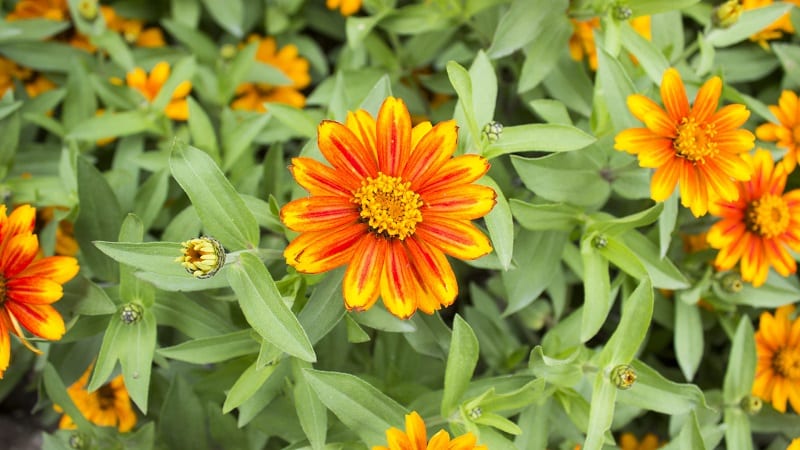
Caring for Zinnias
Maintain
moderate soil moisture and fertilize the soil lightly to maximize growth and
blooms. The plants will flower more quickly if you add compost to the soil. Zinnias
begin to show growth outdoors when temperatures are above 10°C. When seedlings
reach three inches tall, thin them so that they’re 6 to 18 inches apart to permit
better air circulation. This reduces the chance of powdery mildew attacking
your plants.
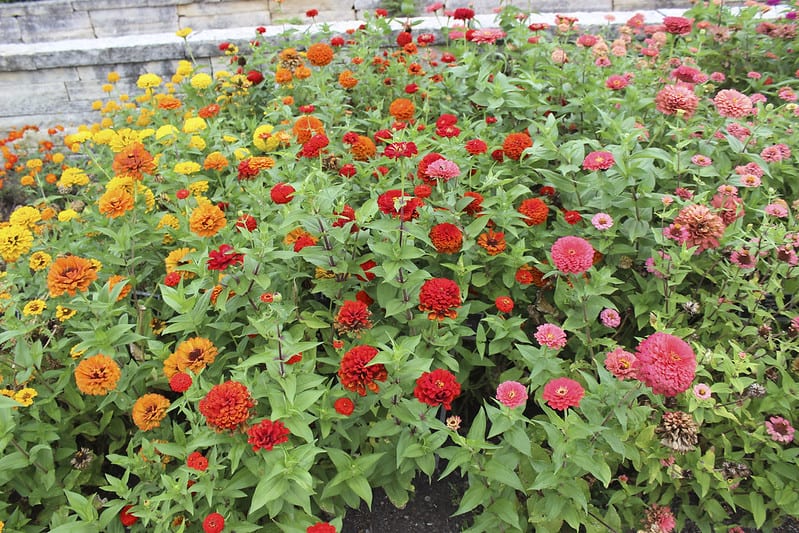
Deadheading and Companion Planting
After zinnias flower, cut off the old flowers – a process called “deadheading” – to coax more flowers from the plant. Zinnias are annuals and will die with the first fall frost. If you want them to reseed, let the last flowers of the season mature fully and scatter their seeds.
Zinnias are excellent companion plants. You can grow them alongside zucchini, chard, and dwarf beans. The petals are edible, as well.
Have you tried growing zinnias in your garden yet?

